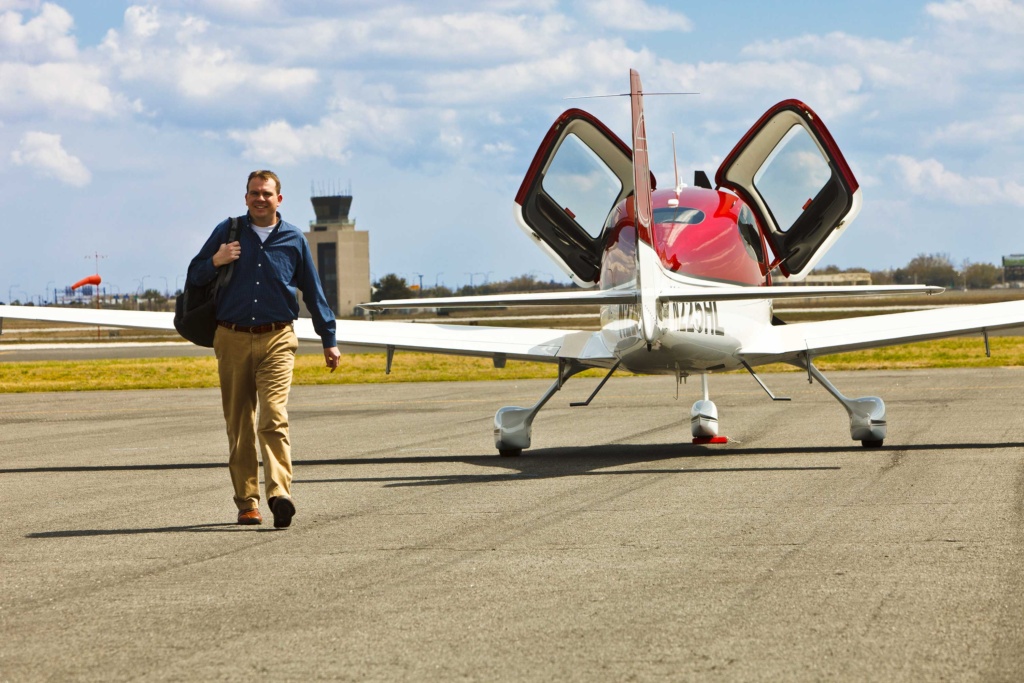Flying solo in a small aircraft, such as a Cessna or a tailwheel plane, is a thrilling and liberating experience. It allows you to take full control of your flight, make your decisions, and savor the serenity of the skies. In this blog, we’ll delve into the art of flying solo and provide tips and insights to make your solo flights enjoyable and safe.

1. Pre-Flight Preparation
Before embarking on a solo flight, thorough pre-flight preparation is essential. Check the weather conditions, review your flight plan, and inspect your aircraft meticulously. Ensure that you have all the necessary documents and equipment on board, including your pilot’s license, maps, and communication devices.
2. Know Your Aircraft
Familiarity with your aircraft is paramount. Understand its performance capabilities, limitations, and emergency procedures. Pay attention to the weight and balance of your plane, ensuring that it’s properly loaded for a safe flight.
3. Communicate Effectively
Maintaining clear and effective communication is crucial, especially when flying solo. Stay in contact with air traffic control and fellow pilots in the area. Let someone on the ground know your flight plan and estimated time of arrival so they can alert authorities if necessary.
4. Self-Reliance and Decision-Making
Solo flying requires self-reliance and confident decision-making. Trust your training and instincts but also be open to adapting your plans based on changing conditions. It’s your responsibility to make safe choices throughout the flight.
5. Enjoy the Scenic Views
Flying solo offers a unique opportunity to savor the breathtaking views from the cockpit. Take moments to appreciate the beauty of the landscape below and the serenity of the open sky. Flying alone can be a deeply meditative and tranquil experience.
6. Emergency Preparedness
While solo flights are often peaceful, it’s essential to be prepared for emergencies. Familiarize yourself with emergency procedures and have a plan in place. Carry essential emergency equipment, such as a first-aid kit and survival gear, just in case.
7. Post-Flight Reflection
After your solo flight, take some time to reflect on your experience. Consider what went well and where you can improve. Continuous learning and self-assessment are key to becoming a proficient solo pilot.
8. Aero Fix Support
Remember that Aero Fix is here to support your solo flying adventures. Regular maintenance and inspections are vital to ensure your aircraft’s reliability. Our team is dedicated to keeping your plane in top-notch condition, giving you peace of mind during solo flights.
In conclusion, flying solo in a small aircraft is an art that combines preparation, self-reliance, and a deep appreciation for the skies. By following these tips and maintaining your aircraft with Aero Fix, you can enjoy the freedom and beauty of solo flight while prioritizing safety and confidence in your skills.
